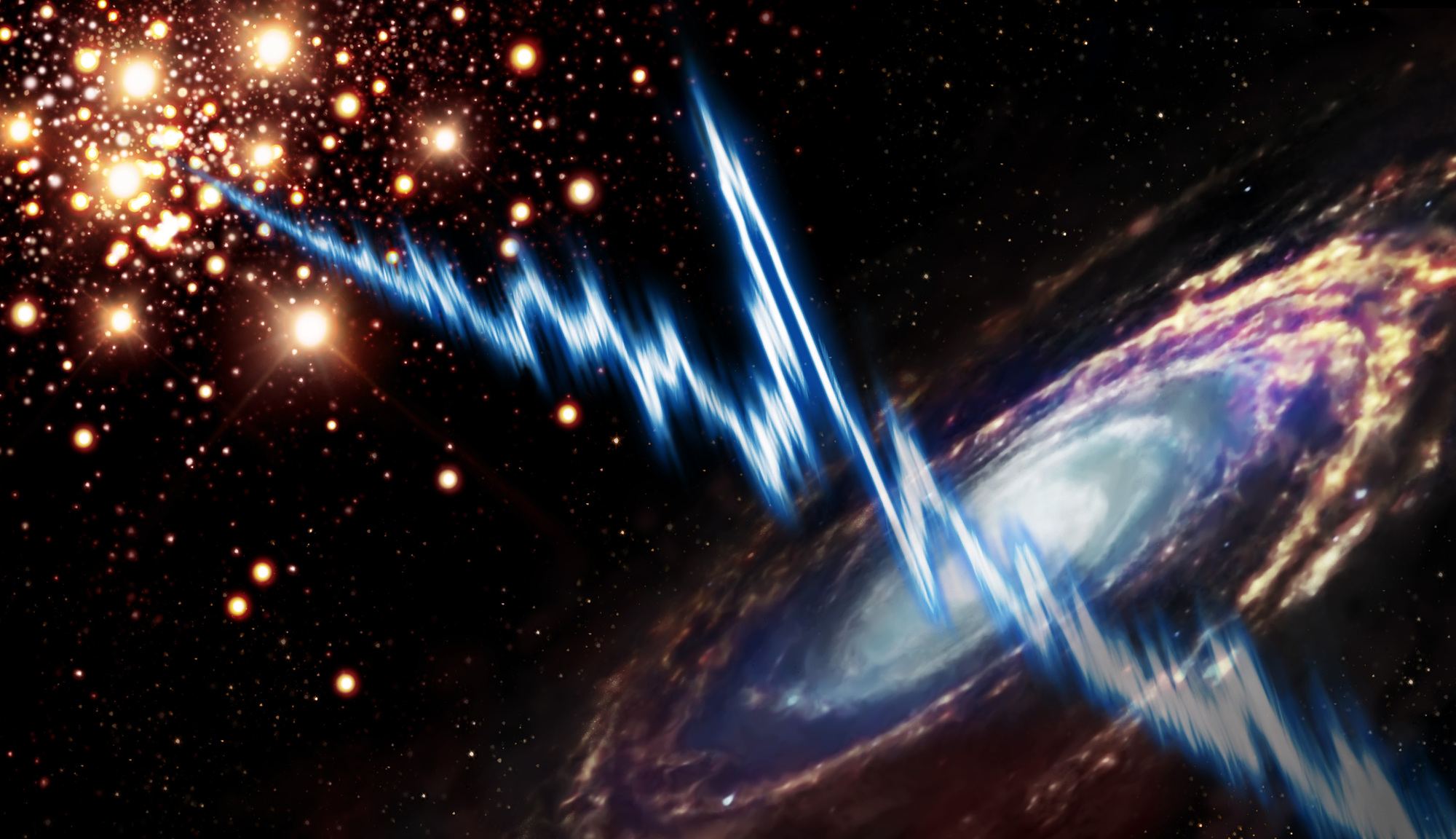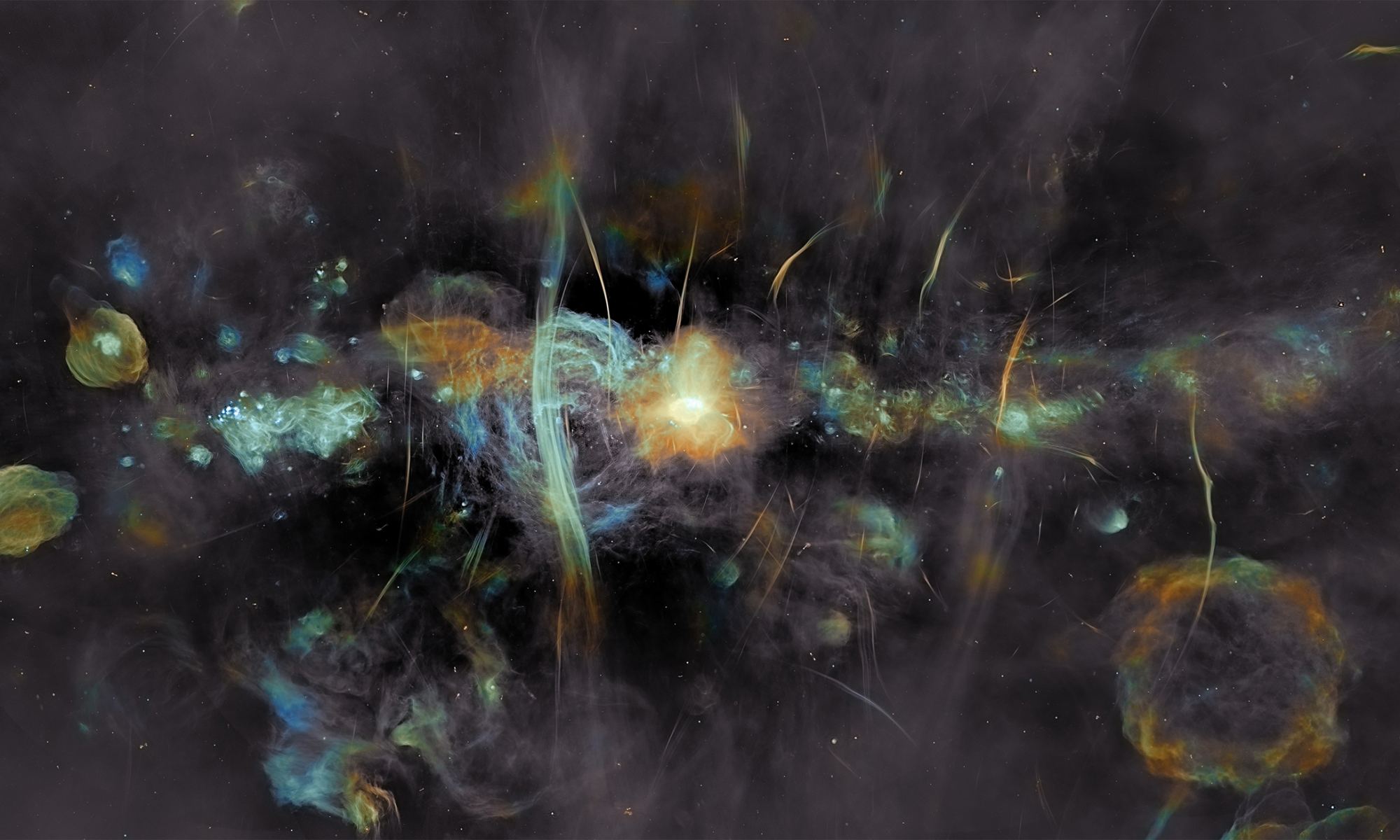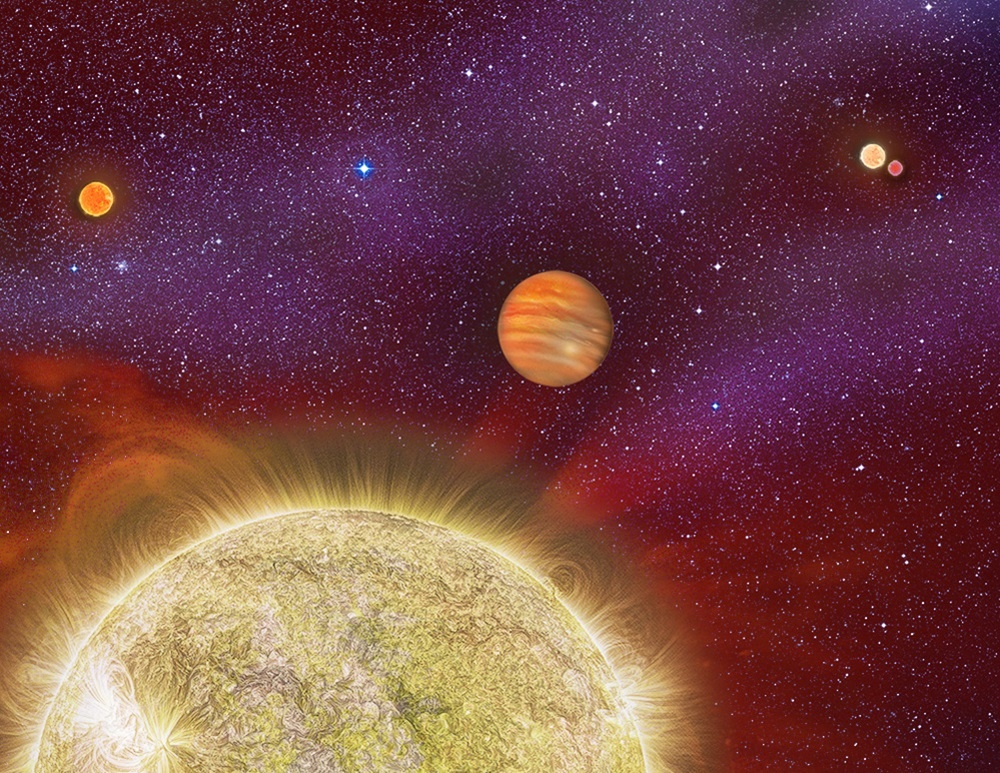Remember that iconic scene in Star Wars, where a young Skywalker steps out onto the surface of Tatooine and watches the setting of two suns? As it turns out, this may be what it is like for lifeforms on the exoplanet known as Kepler-16, a rocky planet that orbits in a binary star system. Originally discovered by NASA’s Kepler mission, an international team of astronomers recently confirmed that this planet orbits two stars at once – what is known as a circumbinary planet.
Continue reading “An Exoplanet is Definitely Orbiting Two Stars”An Exoplanet is Definitely Orbiting Two Stars











